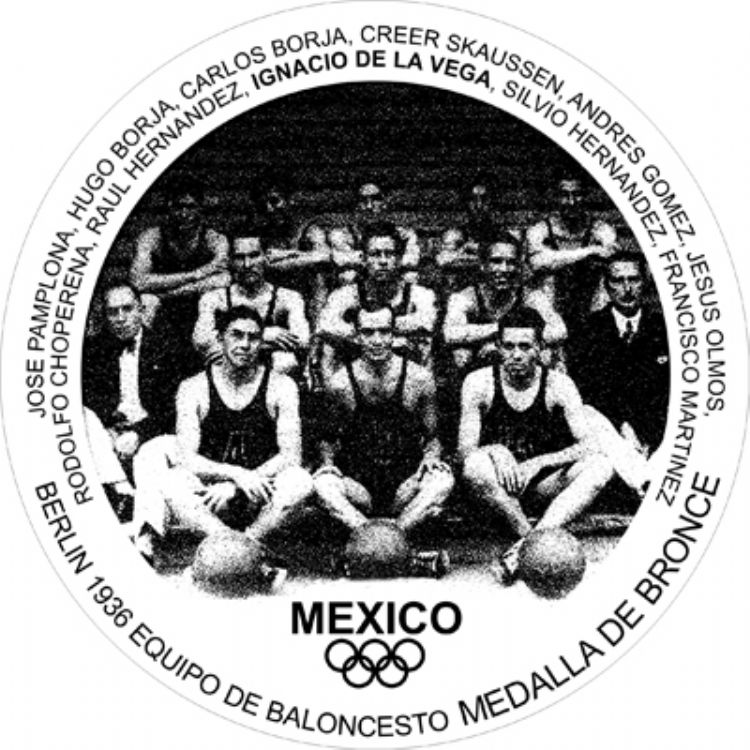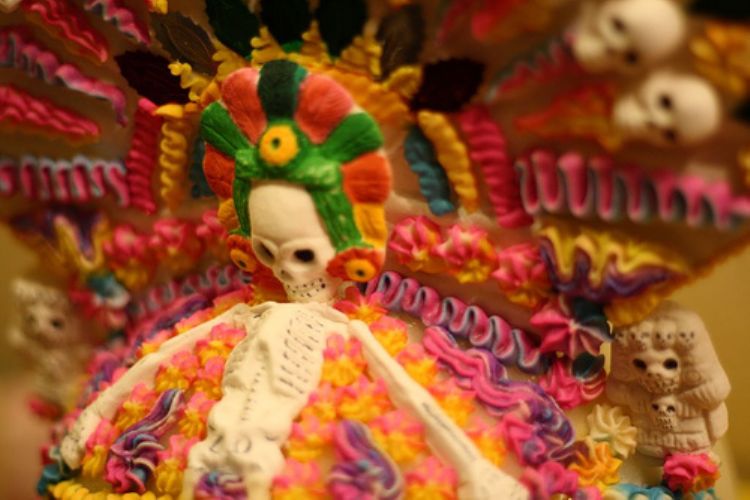
Day of the Dead in Mexico, November 2nd
In the prehispanic world, the concept of death played a f...
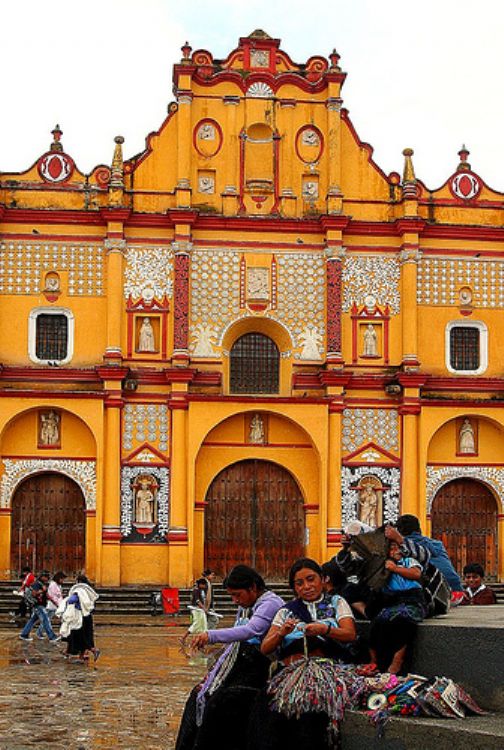
San Cristóbal de las Casas is living proof of the Chiapas cultural melting pot. In its streets and colonial buildings of the XVII century, Chiapas Indians share their lives with people of mixed ethnics in a growing frame of tolerance and adaptation. Nested in the heart of the heights of the State's jungle, on the mountains Chiapas north, it is one of the State's most attractive towns. Visitors can arrive by airplane or highway from Tuxtla Gutierrez, the State capital; a new highway has reduced driving time to less than an hour. This second option also gives you the opportunity to first admire the nature and tropical heat of the area, for later giving way to the fresh mountain air and pine forests surrounding San Cristobal, a place where days are warm and sunny, and the nights are cold and rainy.
The origins of this city date back to the colonial era, where according to historians, the Indian's ferocity delayed the villa's foundation many years. It is said that the attempts to colonize this area started in 1524 with Spanish Captain Luis Marin but the continuous rejections and attacks by native Chiapanecos (name of Chiapas natives) avoided it. Thus the Spanish Crown decided to send Captain Diego de Mazariegos to conquer and colonize this region, successful at defeating the natives in the battle of Techeptia. They say the rejection to Spaniards was such that Chiapanecos preferred to commit suicide jumping into the Sumidero Canyon before surrendering to the Spaniards. This is how a few months later, on the 31st of March 1528, in his quality of General Captain of the Province an Lieutenant Governor by the king, Diego de Mazariegos founded in the Valley of Hueyzacatlan (word in Nahuatl meaning land of large grass) the villa named "âCiudad Real"â in memory of his native city in Spain.
The city's current name was granted 400 years later and after changing it many times. In 1829 the villa had the name San Cristobal, which was given by decree of the State Congress and in 1848 adopted the complement "âde las Casas"â in honor of Friar Bartolome de las Casas, who was an emblematic person in the area for his tireless work in defense of Chiapas Indians against the abuse of Spanish conquerors. In 1934 it again changed its name with the promulgation of a decree abolishing names of saints in Chiapas, but a few years later upon the request of its inhabitants and by a presidential decree in 1943, it went back to its former name, since then called San Cristobal de las Casas.
Currently, San Cristobal de las Casas is the place where many ethnic groups of Chiapas State converge, who have not forgotten the ancestral crafts techniques, from the colorful Maya textiles, pottery and iron forging to the production of fine filigree and amber work. According to the results presented in the II Conteo de Población y Vivienda in 2005, the current population of the municipality is approximately 136 thousand residents, who inhabit the 484 squared kilometers of the municipal territory. It is also estimated that the percentage of men in this municipality is 50% and 50% women.
Despite preserving its colonial architecture, great advances in public services has been achieved, so 96% of its houses have electricity, 82% piped water and 80% sewage system (index above regional average). Finally, we must highlight that by the year 2000, its employed Economically Active Population was 48 thousand inhabitants, principally employed in activities related to commerce and services (67%) followed by the tertiary sector (industry and transformation) with 22%. It is worth mentioning that in the tertiary sector one of the main industries is tourism, which has developed based on the unparallel architecture the city maintains almost intact for the images of the past, which added to the warmth and traditions of its people, make San Cristobal de las Casas an obligated destination for those who want to have a clearer idea of what colonial Mexico once was

In the prehispanic world, the concept of death played a f...
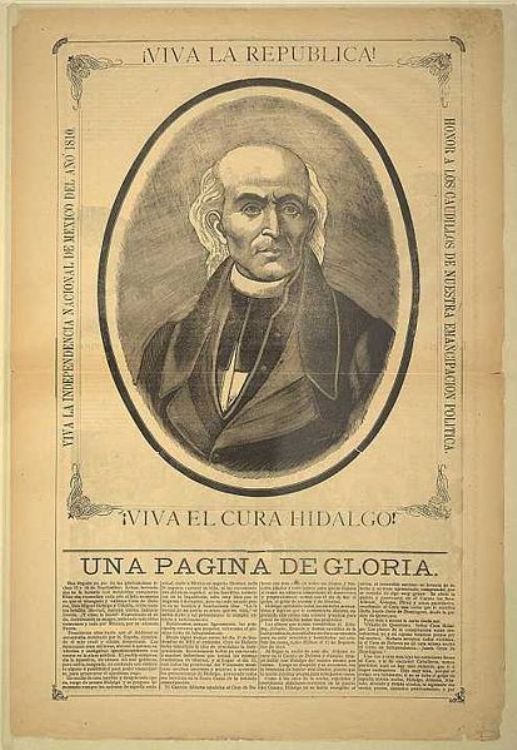
Miguel Hidalgo is one of the most recognized characters i...
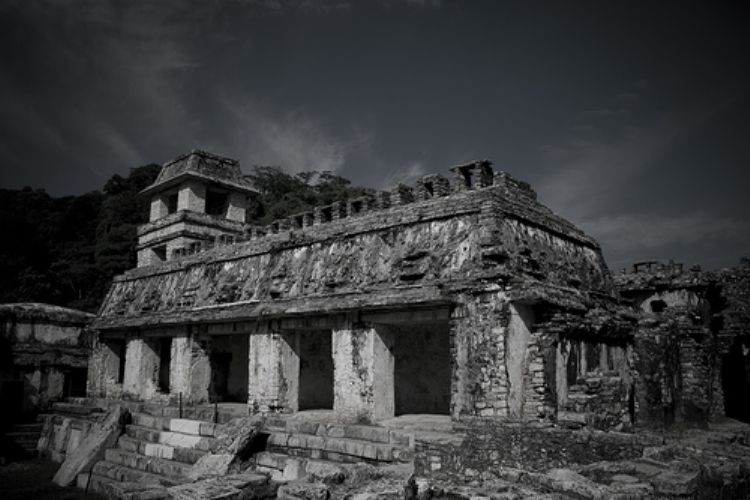
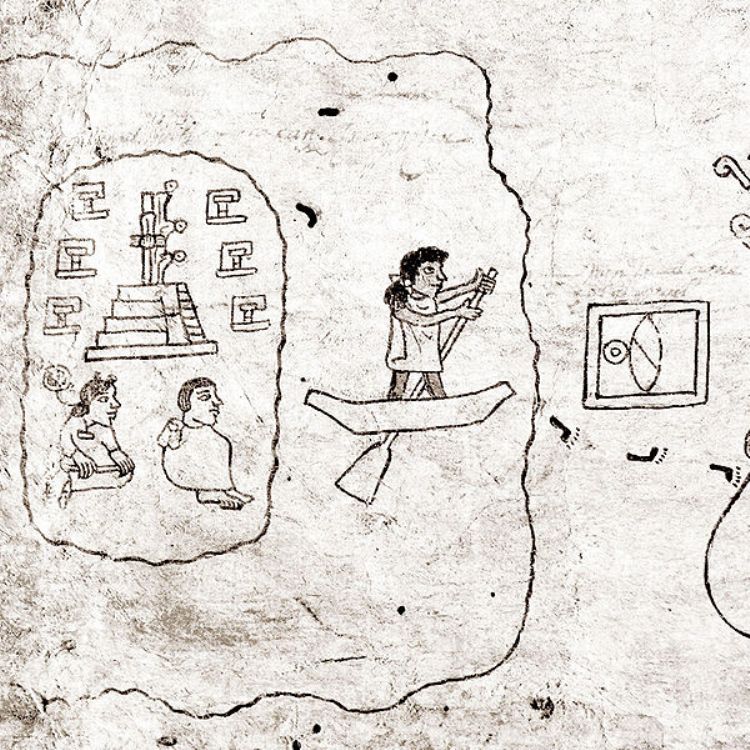
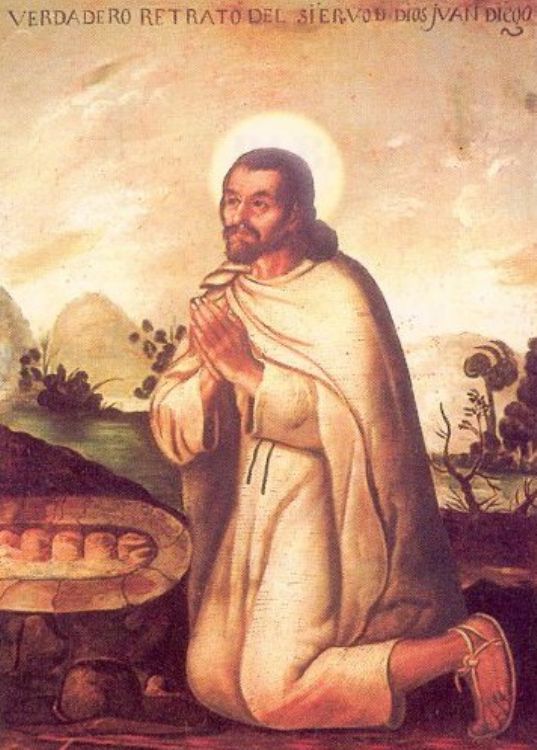
Ten years after the Conquest of Mexico, on the 9th of Dec...
